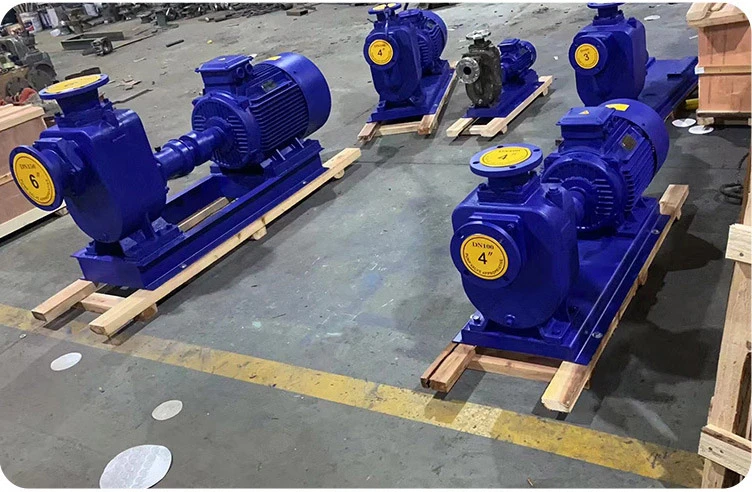English
- Afrikaans
- Albanian
- Amharic
- Arabic
- Armenian
- Azerbaijani
- Basque
- Belarusian
- Bengali
- Bosnian
- Bulgarian
- Catalan
- Cebuano
- Corsican
- Croatian
- Czech
- Danish
- Dutch
- English
- Esperanto
- Estonian
- Finnish
- French
- Frisian
- Galician
- Georgian
- German
- Greek
- Gujarati
- Haitian Creole
- hausa
- hawaiian
- Hebrew
- Hindi
- Miao
- Hungarian
- Icelandic
- igbo
- Indonesian
- irish
- Italian
- Japanese
- Javanese
- Kannada
- kazakh
- Khmer
- Rwandese
- Korean
- Kurdish
- Kyrgyz
- Lao
- Latin
- Latvian
- Lithuanian
- Luxembourgish
- Macedonian
- Malgashi
- Malay
- Malayalam
- Maltese
- Maori
- Marathi
- Mongolian
- Myanmar
- Nepali
- Norwegian
- Norwegian
- Occitan
- Pashto
- Persian
- Polish
- Portuguese
- Punjabi
- Romanian
- Russian
- Samoan
- Scottish Gaelic
- Serbian
- Sesotho
- Shona
- Sindhi
- Sinhala
- Slovak
- Slovenian
- Somali
- Spanish
- Sundanese
- Swahili
- Swedish
- Tagalog
- Tajik
- Tamil
- Tatar
- Telugu
- Thai
- Turkish
- Turkmen
- Ukrainian
- Urdu
- Uighur
- Uzbek
- Vietnamese
- Welsh
- Bantu
- Yiddish
- Yoruba
- Zulu
Telephone: +86 13120555503
Email: frank@cypump.com
Nov . 15, 2024 15:26 Back to list
effluent pump
Understanding Effluent Pumps Essential Tools for Wastewater Management
Effluent pumps play a crucial role in wastewater management systems, serving as vital components for the effective treatment and disposal of wastewater. Whether employed in residential settings, commercial buildings, or industrial facilities, these pumps are designed to transport wastewater efficiently from septic tanks, sewage pits, or wastewater treatment systems to the appropriate disposal or treatment locations.
What is an Effluent Pump?
An effluent pump is a type of submersible pump specifically designed to handle wastewater that contains solids and liquids. Unlike standard sewage pumps that can handle large solids, effluent pumps are equipped to manage smaller particles, making them particularly suitable for applications where sewage is treated before it is released into drainage or leach fields. Typically, these pumps can handle wastewater containing particles up to half an inch in diameter.
Applications and Uses
Effluent pumps are used in various applications, including
1. Septic Systems In rural areas where municipal sewage systems are unavailable, effluent pumps are essential for transporting treated wastewater from septic tanks to leach fields or evaporation beds. They ensure that the effluent is evenly distributed and absorbed into the surrounding soil.
2. Drainage Systems In flood-prone areas, effluent pumps help remove excess water from basements, crawl spaces, or other low-lying areas. They maintain dry conditions, preventing water damage and potential health hazards associated with stagnant water.
3. Commercial Use Many commercial establishments require effluent pumps to manage wastewater produced in kitchens, bathrooms, and other facilities. This is particularly important in buildings where gravity drainage is not possible.
4. Wastewater Treatment Plants Effluent pumps are an integral part of municipal wastewater treatment plants, where they transport treated effluent to be released into rivers, lakes, or oceans, adhering to environmental regulations.
Choosing the Right Effluent Pump
effluent pump

Selecting the appropriate effluent pump is essential for optimal performance. Key factors to consider include
- Flow Rate The pump should be capable of handling the expected volume of wastewater. Flow rate is typically measured in gallons per minute (GPM), and it’s important to choose a pump that meets or exceeds the required rate for your specific application.
- Total Dynamic Head (TDH) TDH is a measure of the height that the pump must lift the wastewater. An accurate measurement of the vertical distance and any horizontal runs will help in selecting a pump with the appropriate power and capacity.
- Power Source Effluent pumps typically operate on electricity, but some options include battery-powered models for emergency use. It’s important to consider the availability of electrical power and the potential need for backup systems.
- Construction Material Effluent pumps are made from various materials, including plastic, stainless steel, and cast iron. Each material offers different durability and resistance to corrosion, which should be matched with the application environment.
Maintenance and Care
Regular maintenance of effluent pumps is essential for ensuring longevity and reliability. Key maintenance practices include
- Regular Inspections Checking for signs of wear or damage, and ensuring that the pump is free of debris. - Mechanical Maintenance Lubricating moving parts and replacing worn components as needed. - Operational Testing Periodically running the pump to ensure that it functions correctly and efficiently.
Conclusion
In summary, effluent pumps are indispensable tools that ensure effective wastewater management across various applications. With proper selection, installation, and maintenance, these pumps can provide reliable service, helping to protect the environment and maintain public health. By understanding their functionalities and applications, users can make informed choices that enhance their wastewater disposal systems.
-
Horizontal Split Case Pump with GPT-4 Turbo | High Efficiency
NewsAug.01,2025
-
ISG Series Pipeline Pump - Chi Yuan Pumps | High Efficiency, Durable Design
NewsAug.01,2025
-
Advanced Flue Gas Desulfurization Pump with GPT-4 Turbo | Durable & Efficient
NewsJul.31,2025
-
ISG Series Vertical Pipeline Pump - Chi Yuan Pumps | Advanced Hydraulic Design&Durable Construction
NewsJul.31,2025
-
ISG Series Vertical Pipeline Pump - Chi Yuan Pumps | Energy Efficient & Low Noise
NewsJul.31,2025
-
pipeline pump - Chi Yuan Pumps Co., LTD.|High Efficiency&Low Noise
NewsJul.31,2025










